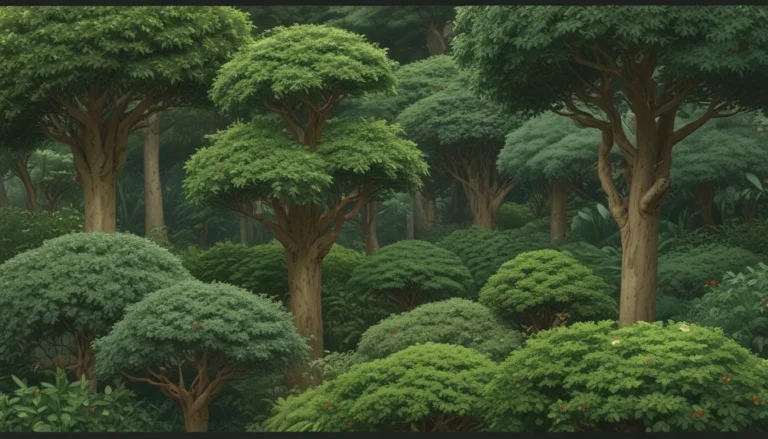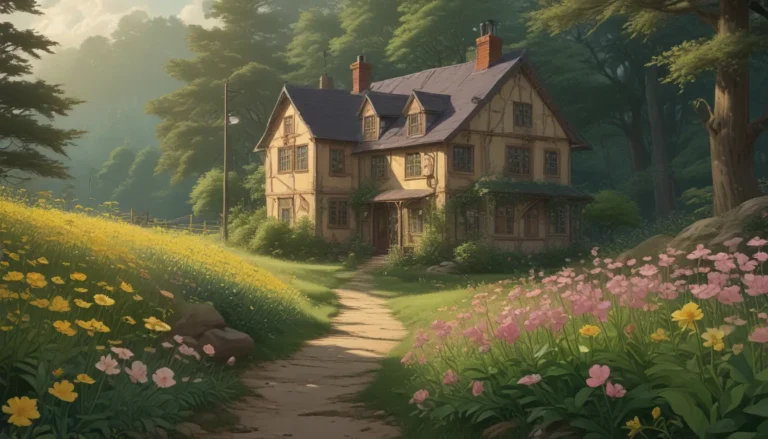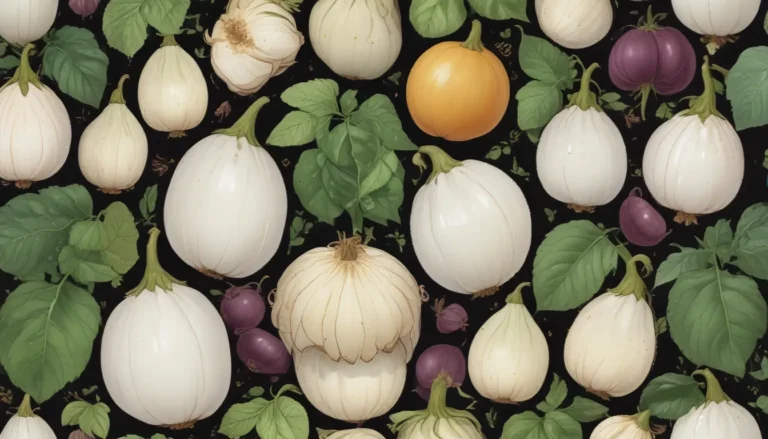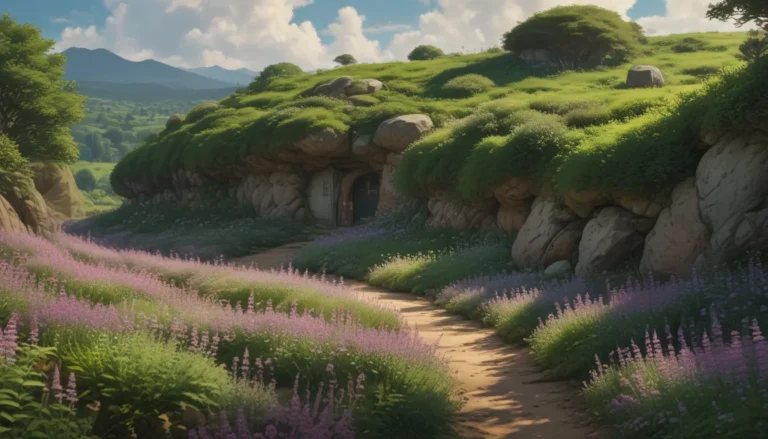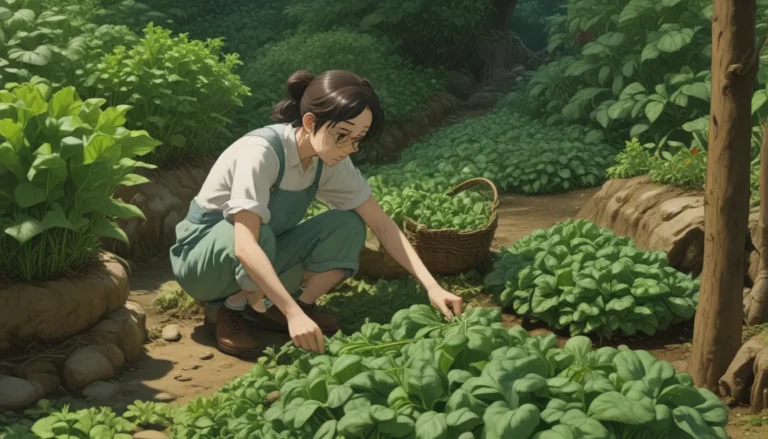Maximizing Your Nasturtium Blooms: To Deadhead or Not to Deadhead?
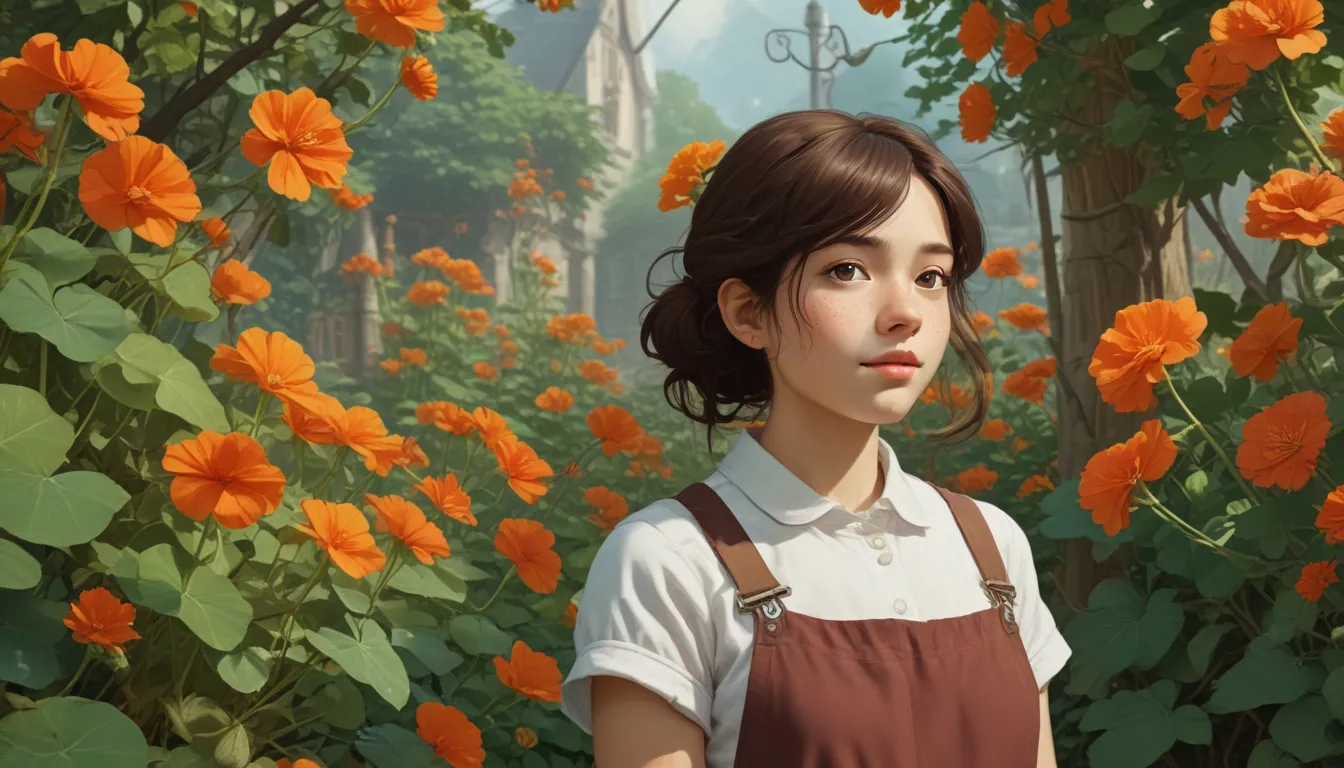
Nasturtiums are the darlings of the garden world. Their vibrant hues and low-maintenance nature make them a favorite of gardeners and flower enthusiasts alike. These lovely plants are known for blooming consistently throughout the season without much need for extra care.
But have you ever considered whether deadheading your nasturtiums could encourage them to put on an even better show? In this comprehensive guide, we’ll explore the ins and outs of deadheading nasturtium plants to help you make the most of your garden blooms.
The Beauty of Nasturtiums
Nasturtiums are beloved for their ability to thrive with minimal attention. Whether planted in a pot or in the ground, these beauties will continue to bloom and brighten up your garden with little effort on your part. The vibrant colors and delicate blooms of nasturtiums make them a popular choice for both beginner and experienced gardeners.
Why Deadhead Your Nasturtiums?
While nasturtiums are resilient and will continue to flower without intervention, deadheading can have its benefits. Deadheading refers to the practice of removing spent flowers from a plant to encourage new growth and prolong the blooming period. While not strictly necessary for the survival of nasturtiums, deadheading can help extend their flowering season and keep the plants looking tidy.
Benefits of Deadheading Nasturtiums:
- Extends the flowering season
- Promotes bushier growth
- Improves overall appearance
- Encourages new blooms
While nasturtiums will continue to bloom even if you don’t deadhead them, taking the time to remove spent flowers can help your plants put on a longer and showier display.
How to Deadhead Nasturtiums
If you decide to deadhead your nasturtiums, it’s a simple process that can be done quickly and easily. Here’s how to deadhead your plants for maximum bloom potential:
- Use your fingernails or a pair of scissors to clip each spent blossom right in front of the nearest leaf.
- If you enjoy eating the flowers, pinch or cut them after they have been open for a few days but before they start to wilt.
- Deadhead in the morning when the flowers are still full of moisture but after the dew has dried.
Don’t worry if you miss a few days of deadheading – simply do your best to keep up with the process. Consistent deadheading can help your nasturtiums maintain a lush and vibrant appearance throughout the growing season.
Saving Seeds
If you’re interested in saving seeds from your nasturtium plants, you’ll want to adjust your deadheading strategy. Allowing a few flowers to fully mature and form seeds can ensure a successful seed-saving process. Here’s how to save seeds from your nasturtium plants:
- Allow some flowers to fully mature and form seeds.
- Stop deadheading towards the end of the growing season to allow seeds to mature.
- Harvest mature seeds by gently brushing them off the plant when they are ready.
- Allow harvested seeds to dry on a paper towel for a few weeks before storing them in a cool, dark place.
By allowing some of your nasturtium flowers to go to seed, you can save seeds for future planting and propagation.
Keep Your Nasturtiums Looking Beautiful
Deadheading your nasturtiums is a personal choice that can help you maintain a tidy and vibrant garden display. While these plants are perfectly capable of thriving without deadheading, taking the time to remove spent flowers can enhance their beauty and extend their blooming season.
Remember to reserve the flowers you deadhead for culinary use – nasturtium blooms are not only beautiful but also delicious! Whether you choose to deadhead your plants or let them go wild, the choice is yours. Experiment with deadheading and observe the impact on your nasturtium blooms to see which method works best for you.
Are you planning to deadhead your nasturtiums this season? Have you noticed a difference in the length of the blooming season when you deadhead? Share your thoughts and experiences in the comments below.
For more expert tips and information on growing beautiful nasturtiums, check out these helpful guides:
- How to Plant and Grow Nasturtiums
- 15 of the Best Nasturtium Varieties
- How to Identify and Manage 9 Common Nasturtium Pests
- How to Identify and Treat Common Nasturtium Diseases
Now that you’re armed with the knowledge to maximize your nasturtium blooms, go ahead and give your garden the TLC it deserves!
